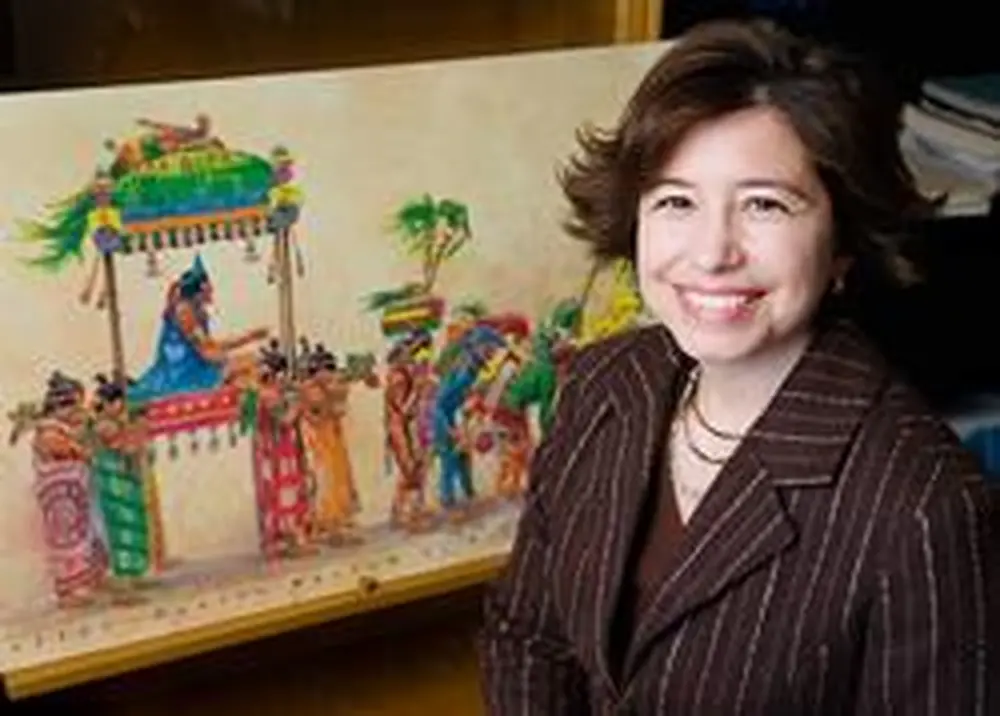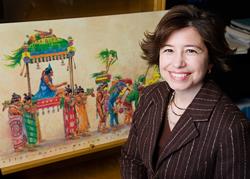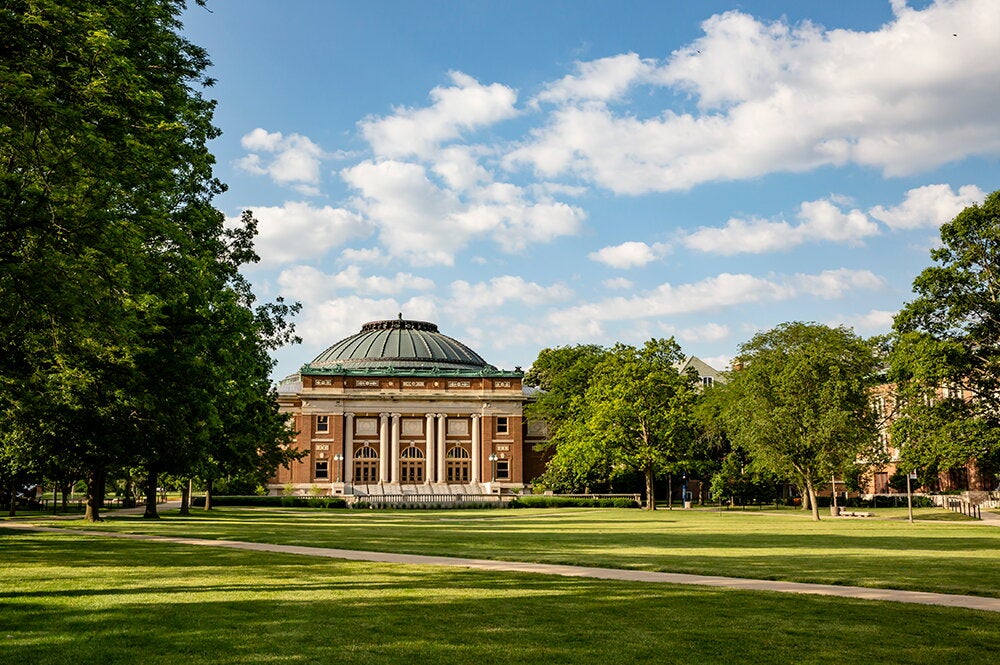

It's possible that the famed Mayan temples didn't always get the royal treatment. In other words, kings may not have been the only ones who built or sponsored the temples, says an LAS anthropologist, overturning long-standing assumptions about the distinctive, stepped pyramids of Latin America.
Based on grueling work in the jungles of central Belize, any number of groups—nobles, priests, and even commoners—may have built temples, says Lisa Lucero, professor of anthropology at the University of Illinois.
Lucero studied the fill, mortar, and other remnants of six jungle-covered temples in Yalbac, a Maya center in Belize. She came to her preliminary findings by judging the varieties of construction and materials. In fact, she says the temples undoubtedly served the different purposes and gods of the various groups.
"Maya scholars have basically assumed that rulers built all the temples," Lucero says. "No one has questioned this, although cross-cultural comparison alone would suggest otherwise."
Because different groups had the wherewithal—the will, resources, and freedom—to build temples, this suggests to Lucero that "the Maya could choose which temples to worship in and support, and they had a voice in who succeeded politically."
Lucero is the leading expert on Yalbac and the sole authorized archaeologist on the site, authorized by the Belize Institute of Archaeology. She has conducted research in the area since 1997 and on the Yalbac site since 2002.
Yalbac is a rich site, she says. In addition to the six temples, it also includes three plazas, a royal acropolis, and a ball court. Only one of the temples has escaped looting.
Ironically, however, looters paved the way for Lucero's work in mapping, excavating, and analyzing the temples. Over the years, thieves have carved 29 trenches into the site in their pursuit of priceless booty; and eight of these trenches have become Lucero's access routes to the temples.
Lucero plans to take 10 undergraduates and two graduate assistants to the Yalbac site this May to a six-week archaeology field school to compare information such as temple size differences, location, layout, accessibility, and construction patterns.
"We also will expand the trenches to see if looters missed caches—artifacts consisting of shell, jade, ceramics, and more," she says. "That may provide clues about temple function and purpose."


